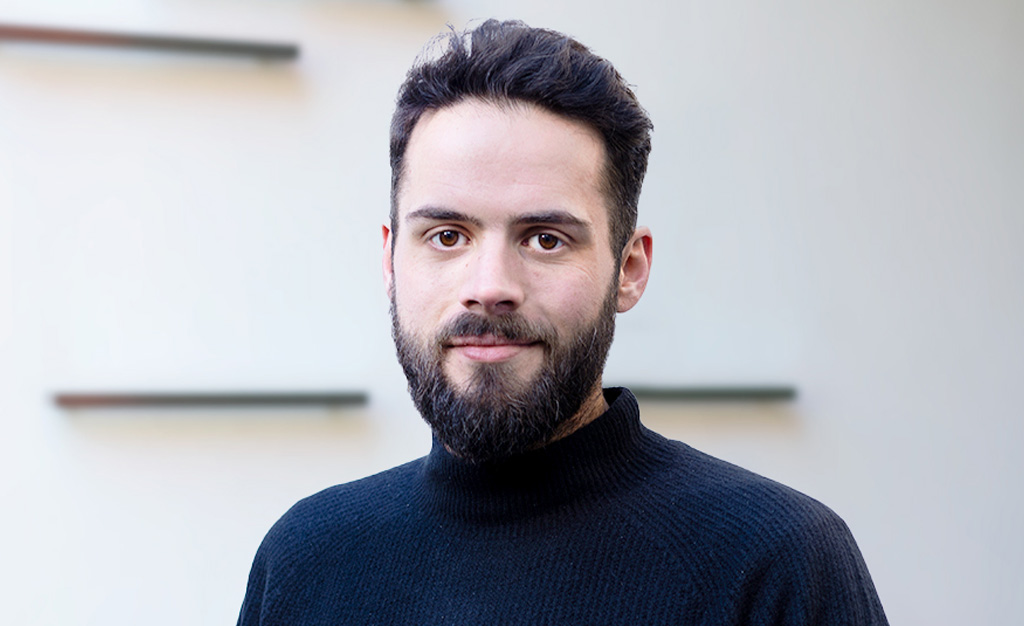
SpaceStation - our framework for the products of the future
Software eats Hardware
Our everyday lives and work are revolutionized by products designed to contribute to our lives through the clever use of innovative actuators and sensors. They are complex, networked systems that integrate into existing workflows. While they are hardware products, they realize their potential through their software.
This new generation of products poses enormous challenges for development, as the requirements and implementation options often can only be fleshed out during the development process. Especially in the beginning, when figuring out what is needed, the question of how to implement it is hard to answer.
Our approach to development:
- We need to get started as fast as possible – because that's the only way to gain insight.
- We don't “hack” – we want sustainable solutions that don't just work for the moment.
- We don't want to create dead ends that limit us in our discovery and definition phase.
We have created our own tools for this purpose, which make it possible to fulfil these tasks and to achieve maximum impact in the shortest possible time together with our customers.
What space stations and microscopes have in common
The ISS space station illustrates what humanity is capable of: it connects nations and competencies and inspires through its view of the world in a way that would not otherwise be possible. It was launched into orbit 25 years ago as a tool for exploring the unknown, and since then, its modular design has provided the opportunity for ever-new insights.

„Technology must inspire and support the process. In all phases, it must not be a hindrance; it must enable and inspire!”
As diverse as the products we develop may be – from microscopes to cell printers to CNC machines – they share many common features:
- Sensor technology, through which the devices perceive their environment or inputs
- Actuators, through which they communicate with the outside world or perform functions
- User interfaces, which allow users to recognize the status of the device and to make inputs
These are often embedded systems with many functional hardware interfaces, with control or monitoring applications on the smartphone, desktop or a screen attached to the device. Our framework SpaceStation combines web frontends based on ReactJS and a NodeJS runtime with a freely configurable module structure in the backend. The interfaces to hardware elements can thus be freely combined and developed.
Practical example Minimic
During the development of our microscope Minimic, we faced complex, very fuzzy tasks. Our plan: a microscope that scans samples fully automatically and detects malaria on them.
What we couldn't know at that point was what hardware (motor, sensor, and optical) we would use. In addition, we can't “imagine” and present any idea if there is nothing to be seen and nothing to be touched. In other words, we needed a prototype that works component-agnostically. We were then able to use this prototype to sharpen users' requirements for the product. In the case of a medical product, this initial vagueness should lead to regulatory approval. These obstacles had to be overcome.
With the help of our SpaceStation, we could quickly test different cameras for different fields of application (low-cost webcams to highly sensitive lab cameras) or combine cloud-based and offline backends. In parallel with the development, we were able to continuously collect and incorporate feedback from experts on product concepts and usability.
The core idea of the “SpaceStation” framework
Evolutionary architecture
The modules are designed so that we can put them in order during the development process so their hierarchy can emerge during the project. By this, we can dramatically decrease the time from designing the architecture to starting development!
Use the intersections
Due to the modular design, functions can be reused and developed further across projects allowing us to start new projects quickly while ensuring high quality at the same time.
Frontend first
We almost exclusively use web technologies because they allow a high development speed and, at the same time, great design freedom. That way, we create seamless and fast communication between all device modules and the user interface. Interface elements can get their information directly from the corresponding modules instead of going through a central instance.
Impact on our design process
We work on projects in lean core teams of designers, engineers and developers to achieve maximum punch. The UX design, the concept of the machine, and the software grow and evolve at the same time: the whole system is constantly changing.
Since each of us has a diverse range of skills, one could prototype electronics, design a mechanism, and then integrate everything into the software in a single day. The architecture of SpaceStation makes this approach extremely accessible since implementing individual features doesn't require understanding the whole system. You can focus on the one module you are working on.
Ready for launch!
Our team structure and tools are trimmed for rapid exploration and knowledge gain while maintaining a high standard of implementation quality. We would be happy to support you in advancing your existing products or creating entirely new products with you.
What ideas would you like to see become a reality?